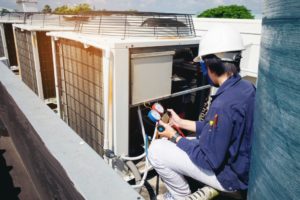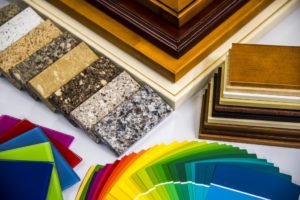Natural disasters like hurricanes, floods, and tornadoes affect millions of people annually — putting countless individuals in danger and causing a significant amount of damage. In fact, in 2017 alone, historic disasters caused over $306 billion in damages, where residential properties account for a large percentage.
Since these calamities can virtually strike anywhere, all homeowners should prepare for the worst. Here are different ways to protect your house from natural disasters.
Keep Your Storm Drains Clear
Storm drains are supposed to let excess rain and groundwater go through them. However, the excess water won’t have anywhere to go if these drains get clogged. If you reside in an area that often gets hit by tropical storms or hurricanes, ensure your storm drains are cleaned regularly or have stormwater drain grates installed around them to ensure your home is safe from floods.
Caulk Gaps Around Your Doors and Windows
The strong winds of a storm can below rain hard enough to push it against your house. If there are cracks or holes around your home’s doors and windows, the water can make its way inside, causing extensive damage. You can prevent this by applying caulk around the different points of entry in your house.
Secure Outdoor Structures – Porches and Carports
If your outdoor structures like your carport and porch aren’t secured, high winds can easily rip them off from your house, leaving massive holes that can lead to more wind damage. So, before the hurricane or windy season starts, ensure the support beams holding these structures are secured to the ground.

Add Support to Your Structure’s Cripple Walls
Cripple walls are the ones that make the crawl space beneath the first floor of your house, and these aren’t strong enough to withstand earthquakes, leaving to shift when tremors start. When this happens, it can severely damage the rest of your house, or worse — wreck it. That’s why it’s best to add extra support by adding wood boards between its studs.
Use Flexible Connections on Gas and Water Lines
When an earthquake happens, its tremors can rip your home’s gas and water lines away from their connection points, causing severe injuries and massive property damage. You can prevent this from happening by using flexible connectors, allowing the lines to shift and bend during an earthquake, ensuring they remain intact.
Install Backflow Valves
Floodwaters may force the sewage in the sewer lines back through the drainpipes into your house, which can be a significant health hazard and cause extensive damage to your home. You can prevent this from happening by installing backflow valves to block the sewage from going into your home.
Purchase Homeowners’ Insurance
Finally, to ensure your home and finances are protected, it’s best to buy homeowners’ insurance to cover the potential repairs in the event of a natural disaster. However, keep in mind that ‘basic’ policies may not cover certain damages caused by natural disasters, including floods or fires. That’s why it’s best to review your policy beforehand to see which coverage you need to protect your home entirely.
Your home is your personal space in this vast world, where your children take their first steps, where you rejuvenate and make memories — and if you don’t prepare yourself, one natural calamity can wipe it away. Follow the safety tips mentioned to keep your home safe from most disasters, keeping you and your family safe.














